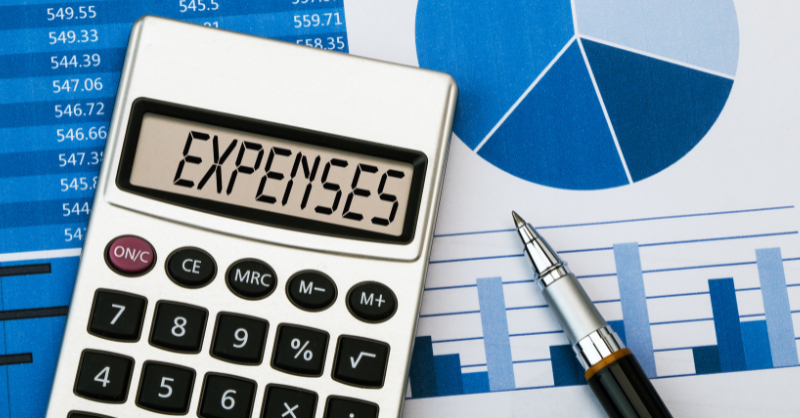Tips for Tracking Expenses for Your Tax Return

Tips for claiming your expenses for your self-employed tax return
The October 31st deadline to file your tax return is quickly approaching. Many landlords and self-employed individuals resign themselves to spending these weeks scrambling to collect, sort and make some sense of receipts and supporting documentation for their deductible expenses.
While claiming expenses is critical for self-employed people to offset their tax liability, preparing these expenses for your self-employed tax return doesn’t have to be such a difficult process.
In fact, October can be a month like any other if you create and follow a method for tracking expenses and filing paperwork throughout the year. For such a process to be successful, it should be simple and suit your style and agenda. Here are some tips for tracking expenses so you’re ready to deduct when it’s time to file your tax return.
Know what you can claim.
Half the difficulty of preparing your self-employed tax return is knowing what you can deduct as a business expense. To qualify as an allowable deduction, an expense must be directly related to the running of the business.
This may seem like a broad description, and it is to an extent, but there are also strict guidelines about what can be claimed and the percentages allowed for some expenses.
Landlords benefit from specific guidelines about which expenses can be deducted against their rental income. For sole traders and small business owners, designating and calculating deductions can be more involved, depending on the costs associated with your business, such as whether you maintain a physical workspace, pay any employees, incur business-related vehicle expenses, etc.
You can find guidance online about what to deduct, or speak with a tax professional to identify the specific allowable expenses that relate to your self-employment.
Track expenses regularly.
Once you know which expenses you will claim on your tax return, you can set up a method for tracking them. Several software programs and apps are available to track expenses (as well as manage budgets, invoicing and other financial needs) on your computer, phone and tablet. Many people may elect to use a spreadsheet software like Microsoft Excel or Numbers to create their own expense tracker.
Set up expense categories according to the deductions you’ve identified as allowable expenses for your business, so when the 31st of October rolls around, you have everything organised to match your tax return. Next, decide how often you will enter expenses into your tracker.
This could be daily, weekly or monthly, depending on how often you incur business expenses and how much time you can devote to tracking costs. Keep in mind that putting five or ten minutes aside each week to update your expense tracker can save you hours of hassled catch-up come October.
Plus, tracking expenses regularly can help you keep an eye on your true business costs and better plan or adjust spending.
File paperwork accurately.
It’s recommended that anyone operating a business or filing a self-employed tax return retain all receipts and backup documentation in case they’re needed for review or an audit. This includes till receipts, chequebooks, cashbooks, invoices, credit card statements and bank statements.
Once you’ve entered costs into your expense tracker, file the related paperwork in a designated file—ideally one that’s organised to match the expense categories in your tracker.
By tracking your expenses regularly throughout the year, you can save yourself hours when it comes time to prepare and file your self-employed tax return. Plus, staying organised can give you a better sense of the state of your business and make any financial review or audit much easier.
For more information about self-employed tax returns or filing tax returns, get in touch with a member of our expert team today by calling 059 8673894 or emailing info@taxreturnplus.ie.
